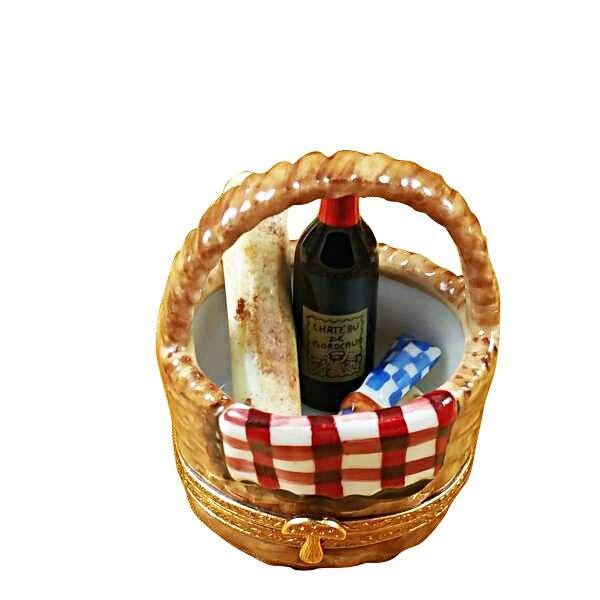

The bisque is a pure and topically translucent white that resembles bleached ox bone in tone. The large shoulder-head example shown is very finely painted. Rochard dolls are exclusively young ladies and not child dolls. In most ways the jeweled Rochard dolls are quite typical of other period fashion dolls made by Jumeau and Barrois in particular. Little has been known about Rochard and the dolls that bear his name, and even less was known about the wondrous "stanhope" jewels they possess. While protected within the jewels themselves, these well hidden microphotos provide a porthole to the Victorian past and a peep into the mind of their creator. If given the opportunity to closely examine these unique fashion dolls, one would find that within their ornately jeweled necklaces, each stone is home to it's own charming secret, a tiny microscopic photo. Most Rochard dolls make their residence in museums so catching a glimpse of one other than through a glass case is a scarce occurrence. Rochard made his wonderful doll creations in the latter 1860's through the mid 1870's and even today dollmakers pay homage to his genius when they create dolls employing Rochard's technique (The Rochard Technique).

These French fashion dolls are prized and revered for their stunning "stanhope jeweled necklaces" which can sometimes be quite elaborate in design.

Rochard dolls are among the most unique and rare antique dolls known to collectors today.


 0 kommentar(er)
0 kommentar(er)
